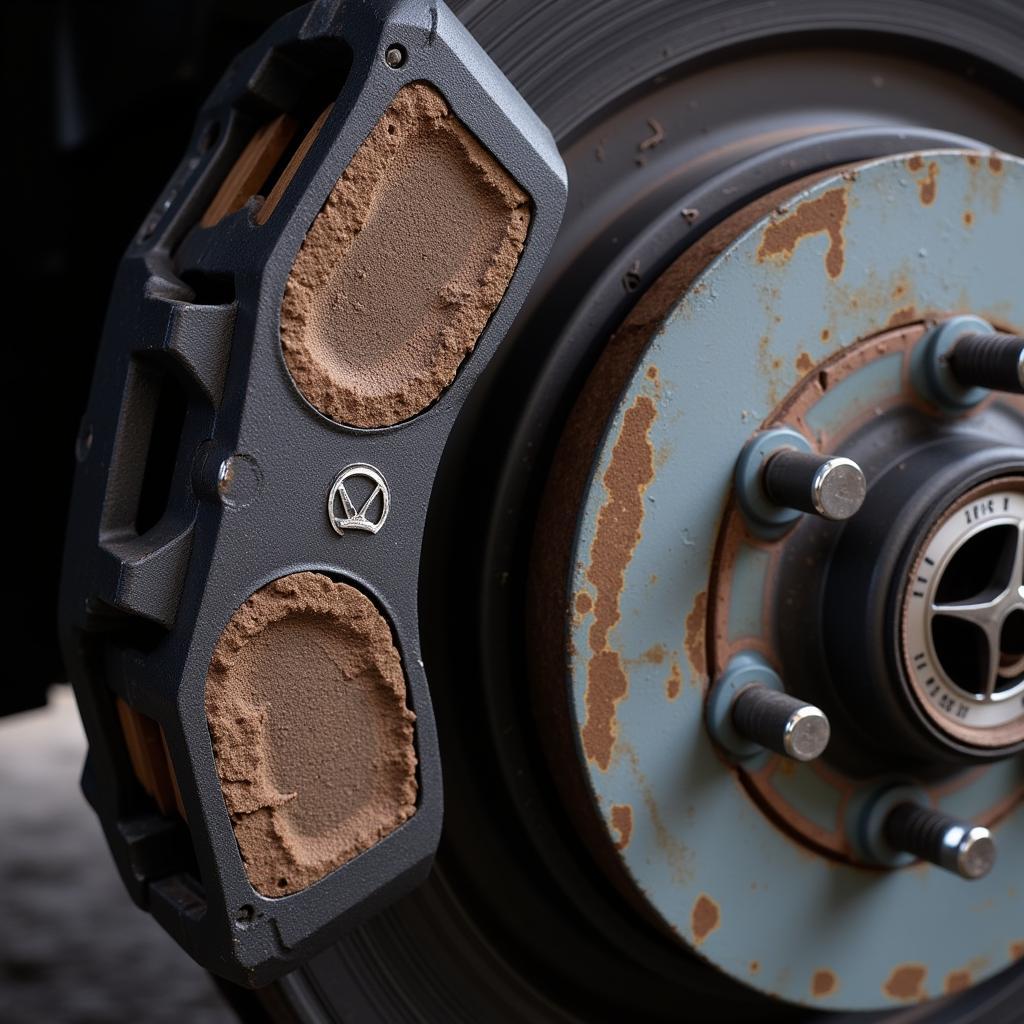Can I plug a Bluetooth adapter into a car radio? Absolutely! In today’s connected world, enjoying your favorite tunes and hands-free calling in your car is essential. If your car radio lacks built-in Bluetooth, a Bluetooth adapter offers a convenient and often affordable solution. This article will guide you through the different types of Bluetooth car adapters, how to choose the right one, and how to install it for optimal performance.
Understanding Your Car Radio and Bluetooth Adapter Options
Before diving into the installation process, it’s crucial to understand your car radio’s capabilities and the different Bluetooth adapter options available. Not all car radios and adapters are created equal. Knowing the specifics will ensure a smooth installation and optimal audio quality.
Types of Bluetooth Car Adapters and Their Compatibility
Several types of Bluetooth adapters cater to various car radio setups. The most common types include:
- FM Transmitter Adapters: These adapters transmit audio wirelessly to your car radio via an unused FM frequency. They’re generally inexpensive and easy to set up.
- Aux Input Adapters: These adapters connect to your car radio’s 3.5mm auxiliary input jack. They offer better sound quality than FM transmitters.
- Cassette Tape Adapters: For older vehicles with cassette players, these adapters mimic a cassette tape and transmit audio wirelessly. While less common now, they are still a viable option for some.
- Direct Connection Adapters (Less Common): Some adapters can connect directly to the back of your car stereo through specific ports. These offer the best sound quality but require more technical installation.
Identifying Your Car Radio’s Inputs and Outputs
Knowing your car radio’s inputs and outputs is crucial for selecting the right Bluetooth adapter. Look for an AUX input (usually a 3.5mm jack) or a cassette deck. Some newer vehicles might even have USB ports that support audio input, though this is less common.
Choosing the Right Bluetooth Car Adapter
Choosing the right adapter depends on your car radio’s features and your budget. Consider factors like sound quality, ease of use, and additional features such as charging capabilities and hands-free calling.
Factors to Consider When Selecting a Bluetooth Adapter
- Sound Quality: Aux input adapters typically offer the best sound quality, followed by direct connection adapters, cassette adapters, and finally, FM transmitters.
- Ease of Use: FM transmitters and aux input adapters are generally easy to set up.
- Additional Features: Some adapters offer features like charging ports, hands-free calling with built-in microphones, and even voice assistant integration.
Installing Your Bluetooth Car Adapter: A Step-by-Step Guide
Once you’ve chosen the right adapter, the installation process is usually straightforward. Here’s a general guide:
- Power on your car radio.
- Connect the Bluetooth adapter. This involves plugging it into the appropriate port (AUX, cassette deck, or cigarette lighter for power).
- Pair your phone with the adapter. Put the adapter in pairing mode (usually by holding a button) and then search for it on your phone’s Bluetooth settings.
- Test the connection. Play some music or make a call to ensure the audio is working correctly.
Troubleshooting Common Bluetooth Adapter Issues
- Poor Sound Quality: If you experience poor sound quality, try a different FM frequency (for FM transmitters) or check the connection to the aux input.
- Connection Issues: Ensure your phone’s Bluetooth is enabled and that the adapter is in pairing mode.
- Interference: If using an FM transmitter, interference can occur. Try a different frequency or relocate the transmitter.
Maximizing Your Bluetooth Car Adapter Experience
Beyond basic installation, there are ways to enhance your Bluetooth car adapter experience. Consider these tips for optimal performance:
- Positioning the Adapter: For FM transmitters, positioning the antenna correctly can improve reception.
- Managing Multiple Devices: Most adapters allow pairing with multiple devices, but only one can be active at a time.
- Keeping the Adapter Updated: Firmware updates for some adapters can improve performance and add new features.
“A quality Bluetooth car adapter can significantly enhance your driving experience, providing seamless integration with your smartphone and access to your favorite audio content,” says John Smith, Senior Automotive Electronics Engineer at AutoTech Solutions. “Choosing the correct adapter for your car’s audio system is paramount to achieving optimal sound quality and functionality.”
Conclusion
Can you plug a Bluetooth adapter into a car radio? Absolutely! By understanding your car’s audio system, choosing the right Bluetooth adapter, and following the proper installation steps, you can enjoy hands-free calling and wireless audio streaming in your car. Investing in a Bluetooth adapter is a cost-effective way to modernize your driving experience.
 Benefits of Using a Bluetooth Car Adapter
Benefits of Using a Bluetooth Car Adapter
FAQ
-
What is the best type of Bluetooth adapter for my car? The best type depends on your car’s features. An aux input adapter generally offers the best sound quality, while an FM transmitter is a good option if your car lacks an aux input.
-
How do I connect my phone to a Bluetooth car adapter? Put the adapter in pairing mode and then search for it on your phone’s Bluetooth settings.
-
Why is the sound quality from my Bluetooth adapter poor? Try a different FM frequency (for FM transmitters) or check the connection to the aux input.
-
Can I use a Bluetooth adapter for hands-free calling? Yes, many Bluetooth adapters have built-in microphones for hands-free calling.
-
How do I troubleshoot connection issues with my Bluetooth adapter? Ensure your phone’s Bluetooth is enabled, the adapter is in pairing mode, and that the devices are within range.
-
Are Bluetooth car adapters expensive? No, they are generally quite affordable, with prices ranging from budget-friendly to premium options.
-
Can I connect multiple devices to my Bluetooth car adapter? Most adapters allow pairing with multiple devices, but only one can be actively connected at a time.


